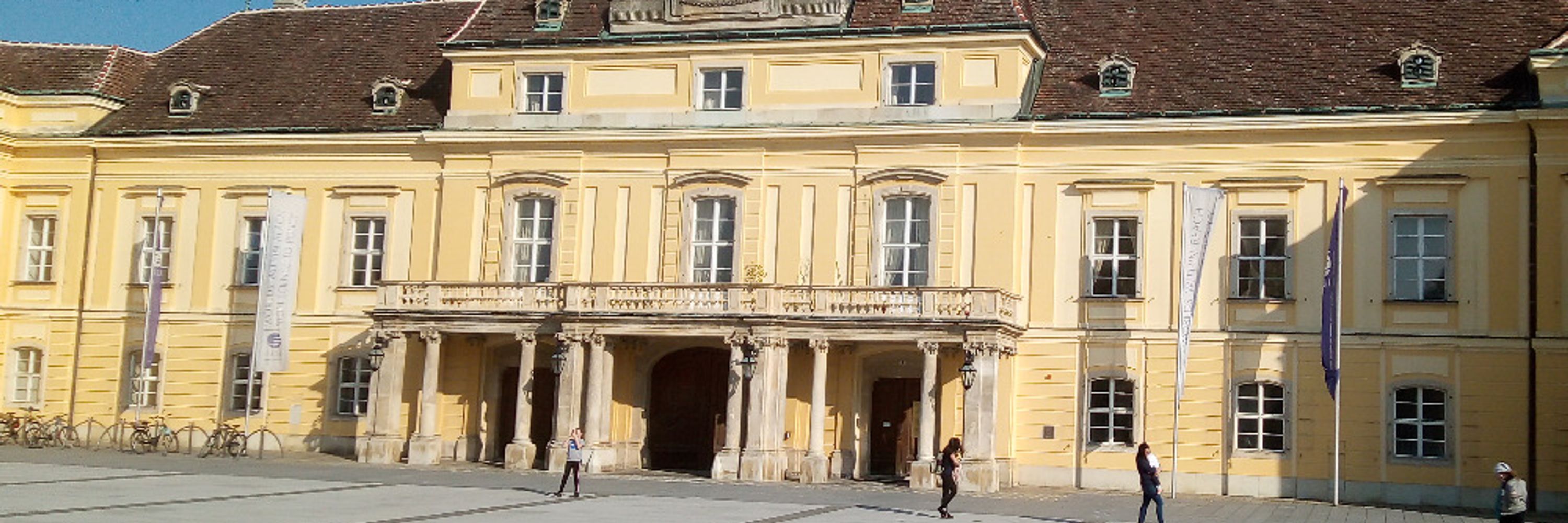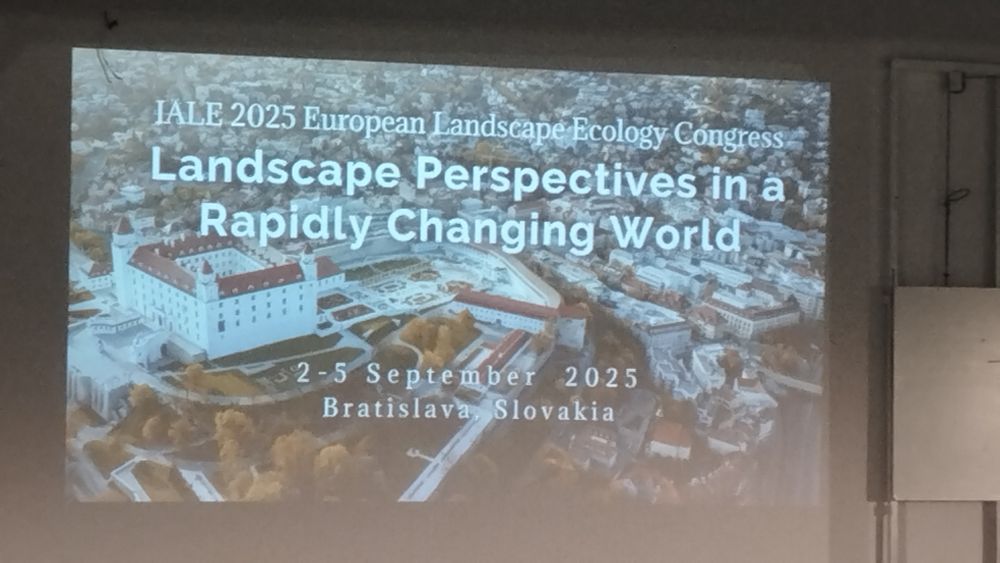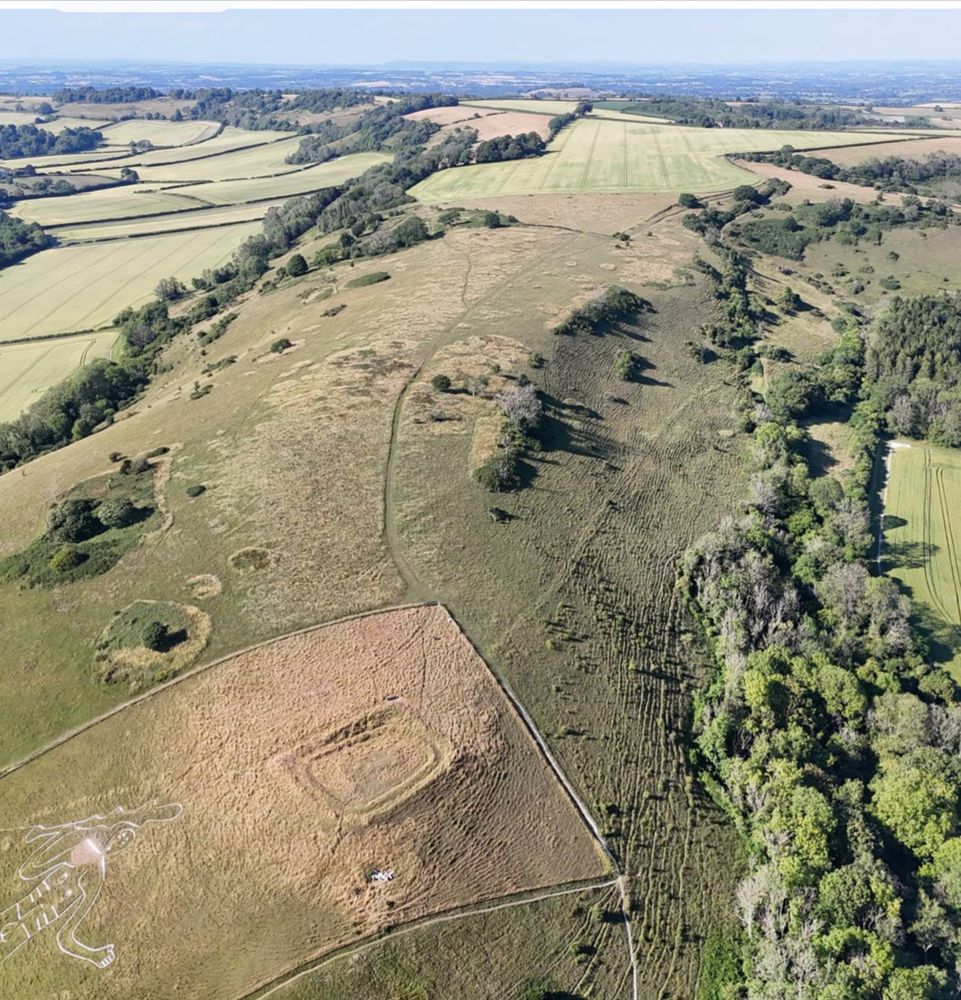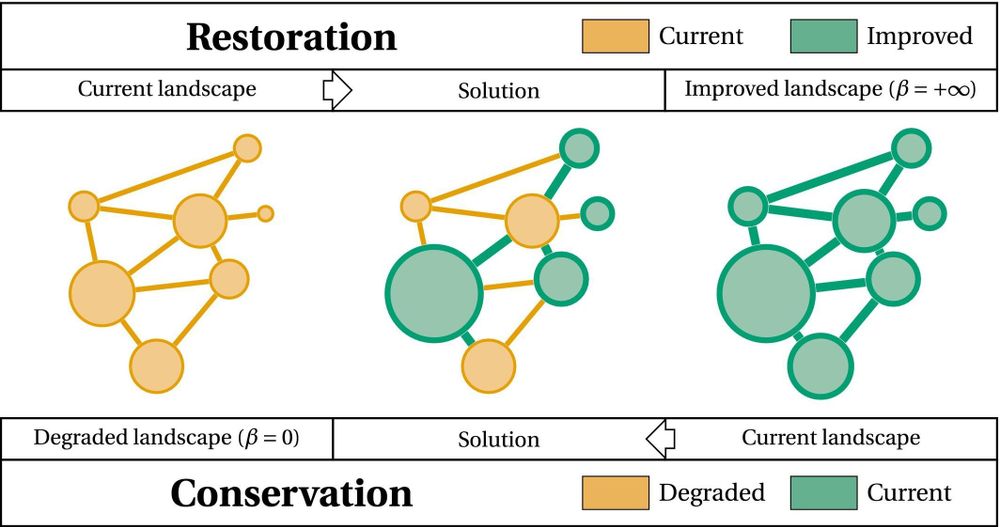
Researcher at @iiasa.ac.at | LA & Fellow @ipbes.net | AE @consbiog.bsky.social | #macroecology | #conservation | #biodiversity | #remotesensing | #systemsthinking | https://www.martinjung.eu/
Fixing bugs and saving ducks 🦆 ..
more
Researcher at @iiasa.ac.at | LA & Fellow @ipbes.net | AE @consbiog.bsky.social | #macroecology | #conservation | #biodiversity | #remotesensing | #systemsthinking | https://www.martinjung.eu/
Fixing bugs and saving ducks 🦆
Reposted by Stelios Katsanevakis, Martin Jung, Virgilio Hermoso

www.inspire-biodiversa.com/post/options...
(4/4)

In the planning for future conservation areas these interlinkages should be explicitly considered.
(3/4)

These effects are pervasive and vary in magnitude across realms, protection governance types and sectors.
(2/4)
Building on the @ipbes.net Nexus Assessment, we review evidence surrounding the expansion of conservation areas and how they interact with other sectors
(Read for free here authors.elsevier.com/a/1m57vcZ3X3...)
(1/4) 🧪 #conservation #nexus
Reposted by Martin Jung, Karen R. Lips, David Leclère

🗓 19 Nov 2025 | 1-2pm CET
📩 Register by 17 Nov: [email protected]
▶️ iiasa.ac.at/early-career...
Reposted by Martin Jung
-ai
to your query.
You're welcome.
We assessed the evidence on how future nexus interactions accross the nexus will likely behave under different scenarios.
doi.org/10.5281/zeno...
@iiasa.ac.at
Reposted by Martin Jung


Scientists dream of describing new species, not writing their obituary and epitaph, knowing that they are gone forever #ornithology
Reposted by Martin Jung

www.theglobeandmail.com/world/articl... 🧪

Spencer et al. Opportunity cost estimates for spatial conservation prioritisation across terrestrial Europe. Sci Data 12, 1583 (2025). doi.org/10.1038/s415...
Reposted by Martin Jung

link.springer.com/article/10.1...
🌍 🧪 🦤 #Ornithology

We used multi-taxon data to model virtual forest landscapes.
Forest withdrawn from timber harvesting are needed in a much higher share than they currently are in Europe, and extensive forests contribute less than expected to multi-taxon diversity.
www.pnas.org/doi/10.1073/...
Reposted by Martin Jung, Jonas Geschke

-IPBES #NexusAssessment Report
Want to know more? Check the Summary for Policymakers already available in English: https://www.ipbes.net/nexus/media-release
Reposted by Martin Jung, Ricardo Rocha

Reposted by Karen R. Lips

iiasa.ac.at/news/sep-202...
Reposted by Katharine Hayhoe, Jens‐Christian Svenning, Ana S. L. Rodrigues , and 10 more Katharine Hayhoe, Jens‐Christian Svenning, Ana S. L. Rodrigues, Joaquín Hortal, Mathias Disney, Martin Jung, Virgilio Hermoso, Silvia Secchi, Juan Rocha, Carles Vilà, Dmitry Schigel, Adrián Regos, Stephanie Schelfhout

rdcu.be/eEcIt
Reposted by Martin Jung, Juan Cole, Paul Caplat

Google's has run 39 Israeli government-paid-for ads on its platforms in the UK alone, trying to discredit reports on the Zionist's genocide in Gaza
www.thecanary.co/global/world...
doi.org/10.1016/j.ec...

Reposted by Richard D. Gregory, Martin Jung, Jane K. Hill



Lot 1 is top-quality chalk downland bursting with wildflowers & butterflies - orchids, skippers… going for £950k. It absolutely needs to be preserved. Hope the NT or similar can buy
wdcdn.co/media/pdf/0f... wdcdn.co/media/pdf/0f...
Reposted by Martin Jung

Authors introduce GECOT, an open-source command line tool for solving budget-constrained multispecies landscape connectivity optimization problems when measuring landscape connectivity with the probability of connectivity indicator 👇
buff.ly/uWrazth
onlinelibrary.wiley.com/doi/10.1111/...
Reposted by Martin Jung, Katherine Siegel
Reposted by Martin Jung

Reposted by Martin Jung

Quite useful for baseline setting and #conservation-planning.
"Conservation targets for European terrestrial mammals using the favourable conservation status concept." doi.org/10.1038/s415...

🌍🧑🌾🌽🌎🌴🐬🌏🚵♀️🍄🌐👍
An Aspirational Approach to Planetary Futures @nature.com.web.brid.gy
www.nature.com/articles/s41...

